
How Bob Marley’s search for a cancer cure led to a Nazi-affiliated doctor in the Bavarian Alps
As a new biopic documents the life of Bob Marley, discover how the frantic search for a cancer cure saw the Jamaican singer put under the care of a discredited, Nazi-affiliated doctor
Rottach-Egern, Bavaria, Germany. February 1981. A clearing has been made in the snow on a morning rendered frigid by a septum-grazing cold. Cleared by spade, shovel and sweat, a small group of 30-something men are kicking a football around the makeshift, off-white pitch. To one side, the frozen, bruise-and-bone-coloured surface of Lake Tegernsee can be glimpsed. Above the group juts the ice-smothered heights of the Bavarian Alps.
One of the men looks thinner than the rest; the multiple layers of clothing draped over him can’t disguise his attenuated figure. The profuse, twisted cactus of dreadlocks that once defined him to the world no longer trails out from the bottom of his woollen hat. Clutching his hands to his painfully narrow hips, Marley traps the football at his feet and tries to catch his breath.
By the time of the impromptu football game, Robert Nesta Marley, on the cusp of his 36th birthday, had been in the Bavarian Alps for four months. Weakened from cancer, he had travelled to this ice-blasted region of Europe in a last attempt to rid his ailing body from the clutches of what had already been diagnosed as a terminal illness.
‘In the first months of treatment Bob Marley improved considerably and was again able to play football for fun. This helped, of course, to be optimistic and he also saw other seriously ill patients getting better.’ So wrote Ilse Marie Issels, widow of German physician and alternative cancer treatment advocate Josef Issels, two decades after the visit of one of the defining musical artists of the 20th century to southern Germany.
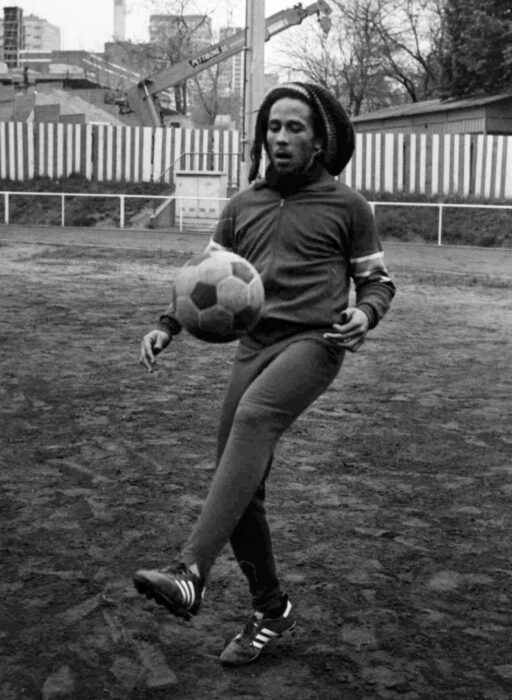
Bob Marley practicing his football skills in Paris, 1977. It was during a later game of football in the same city that Marley who sustain his foot injury. Image: AP
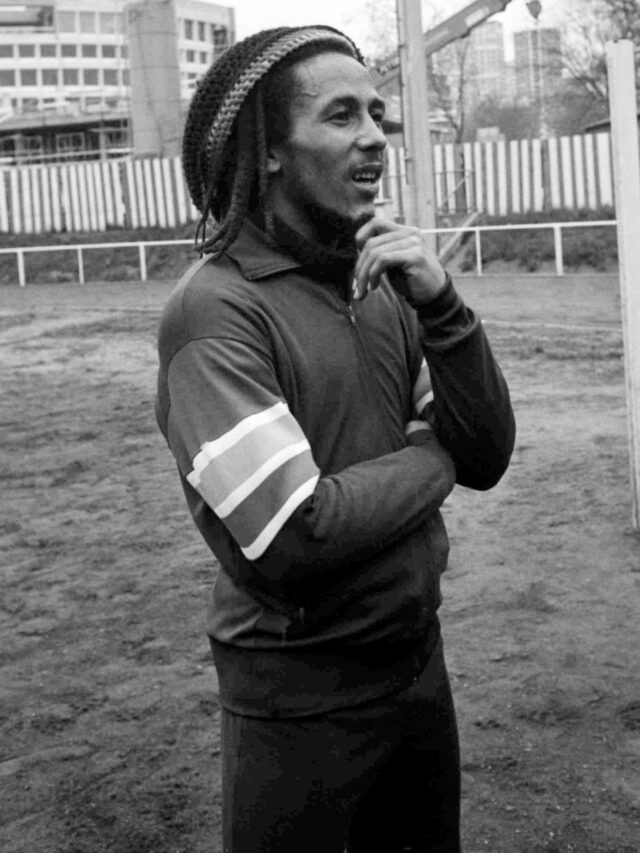
Image: Alamy
The origin of the cancer, which by the beginning of 1981 had reduced Marley to a shadow of his former self, has never been entirely understood. What’s certain, is that while touring the Exodus album in Paris in the summer of 1977, the world’s most venerated and popular reggae artist was injured by a French journalist who stepped on his foot during a game of football, piercing Marley’s big toe with the studs of his boots.
According to accounts from those in Marley’s inner circle, this aggravated an existing toe injury dating from a match played in Boys Town, Kingston, Jamaica. A biopsy at the Royal College of Surgeons in London, organised by Island Records-founder, Chris Blackwell, showed that Marley had Grade Three melanomas, which had already invaded his tissue and dermis. The only option, doctors explained, was amputation of the entire leg.
“Of course, once you amputate your toe, you lose your balance”, reflected Marley’s personal physician, Dr Pee Wee Fraser, some years later. “[He] wasn’t very happy about it, because it would have been damaging to his career at that time.” Against the advice of the London surgeons, Marley elected to have a skin graft instead, taken from his upper thigh. The surgery, which he underwent at the Cedars of Lebanon hospital in Miami in early 1978, seemed to be a success.
“He never talked about it over the next two-and-a-half years,” said Marley’s chef Gilly Gibert. “He thought he was cured at that point, ’cause it healed… To this day I just can’t understand. Marley played soccer in Australia, Zimbabwe, everywhere we [went] and he was playing like a champion.”
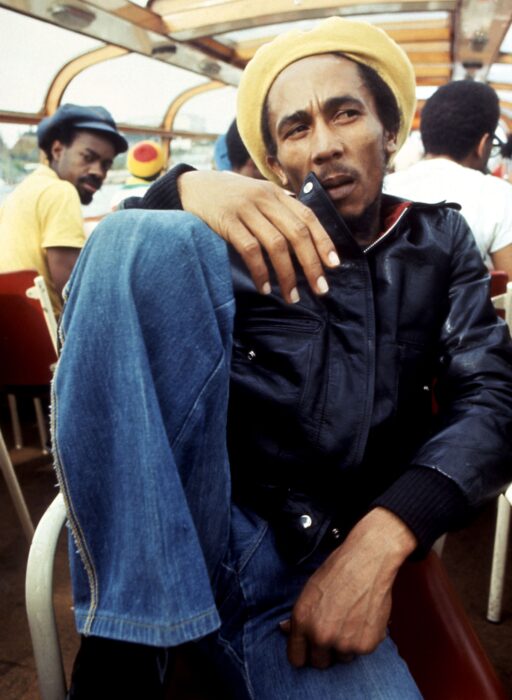
Bob Marley on a canal cruise in Amsterdam, 1980, a year before he died. Image: Laurens van Houten

Bob Marley with Brazilian footballer Paolo Cesar Caju and Brazilian singer Chico Buarque, Rio de Janeiro, 1980. Image: Alamy
The reprieve, however, was short-lived. On 21 September 1980, while on the American leg of the world tour to promote the ecstatically-received Uprising album, Marley suffered a seizure while jogging in Manhattan’s Central Park. Having just played Madison Square Garden, and with concerts with Stevie Wonder on the horizon, nobody was expecting Marley’s health to collapse so suddenly.
As Danny Sims, Marley’s producer, later recalled to the biographer Roger Steffens: “We saw the most renowned cancer doctor on the planet. He said, ‘Bob Marley is probably the strongest man I’ve ever seen, but [he] has more cancer in him than I’ve seen with a live human being.’ He said Marley was full of cancer, melanoma [and] that if Marley had followed the instruction after he found out he had the cancer and cut off half his toe, he’d live longer than all of us.”
It was too late. Incredibly, after telling his band and inner circle the news, Marley rallied to play his final show in Pittsburgh, just two days after his collapse in Central Park. Now, the search was on to try and prevent the cancer from spreading to his brain. Chemotherapy in Miami meant his famous dreadlocks had to be shorn off. Doctors at New York’s Sloan Kettering Cancer Centre advised Marley that he had six months to live. There was another medical voice in central Europe, however, who believed otherwise.
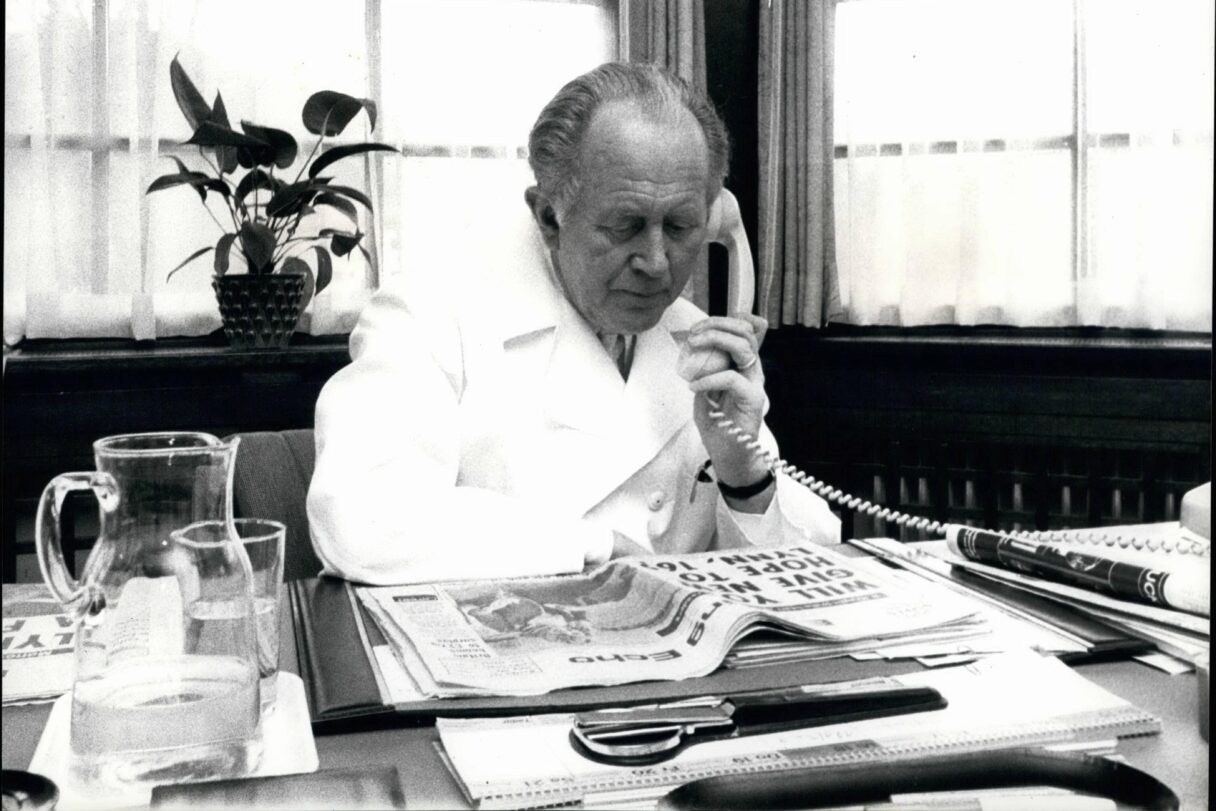
Born in 1907, Josef Issels received his medical degree in Wurzburg in 1932, the year before Hitler came to power. Whether through choice or coercion (there is evidence to suggest that the heads of the Catholic hospital in which Issels practised demanded that all doctors be affiliated with the Third Reich) Issels was a Nazi SS member until 1938 when, under orders to stop treating Jewish patients, he requested his resignation from the party be accepted, insisting that he was ‘politically uninterested’.
Dr Issels had his wish granted, and was promptly sent to fight on the Russian front, where he became a prisoner of war. There is no evidence to suggest that Marley, or any of his coterie, knew anything about Dr Issels’ political past. Yet research would have revealed that along with his affiliation, however reluctant, with Nazism, Issels also spent three months in prison in 1960 after the German medical establishment sought to shut down the clinic he’d opened in Rottach-Egern nine years previously.
Before it was closed, Issels’ clinic was growing increasingly popular. Promoting methods that Issels had devised while researching immunology and microbial aspects of cancer aetiology, by 1956 the Ringberg Klinik had treated 1,473 patients. Still, the treatments it advocated were largely considered quackery by the majority of medical professionals. After his short prison stint, Issels was acquitted on all charges – on the grounds that the physician had genuinely believed his therapy could cure cancer. By the time of Marley’s stay, the medical consensus remained that Issel’s methods were unproven and ineffective.
“All we’d a deal wid was his track record [sic],” said Marley’s friend and road manager Alan ‘Skill’ Cole, in an interview in 2010. “When yuh got to know him, he had great humour. To me, he [Issels] was a great humanitarian.”
"He had a presence even then, when the illness had reduced him to a fraction of what he had been. He seemed so vulnerable and out of his element."
Zema
Cole recalls Marley making remarkable progress shortly after his arrival in Europe. “When him leave New York mi haffi a lift him up. Dem give him one week to live ‘cause him weak, weak, weak,” Cole said. “After treatment him start walk strong, all start play ball again. By Christmas the man start get healthy.”
But the games of football were a brief respite from a rapidly downward trajectory. By the time of Marley’s birthday on 6 February 1981, he was in an advanced state of terminal illness, according to the reggae singer Zema, whose mother was receiving treatment at the clinic at the same time.
“They had a cake that said ‘Happy Birthday Reggae King,’ but I remember they spelled ‘reggae’ wrong,” recalled Zema. “Unfortunately a lot of the time he was in bed in the next room. It wasn’t long after that when Jah [Rastafarian for ‘God’] took Marley home. He had a presence even then, when the illness had reduced him to a fraction of what he had been. He seemed so vulnerable and out of his element.”
After an entire winter in Bavaria undergoing alternative ultraviolet light treatments, Issels had to admit to Marley in early spring that there was nothing more he could do for the singer. Marely had hoped to return to Jamaica, but died in a Miami hospital on 11 May. That very same year, Issels was appointed to the German Federal Government’s Cancer Commission. In 1996, he moved to California, dying two years later, aged 90.
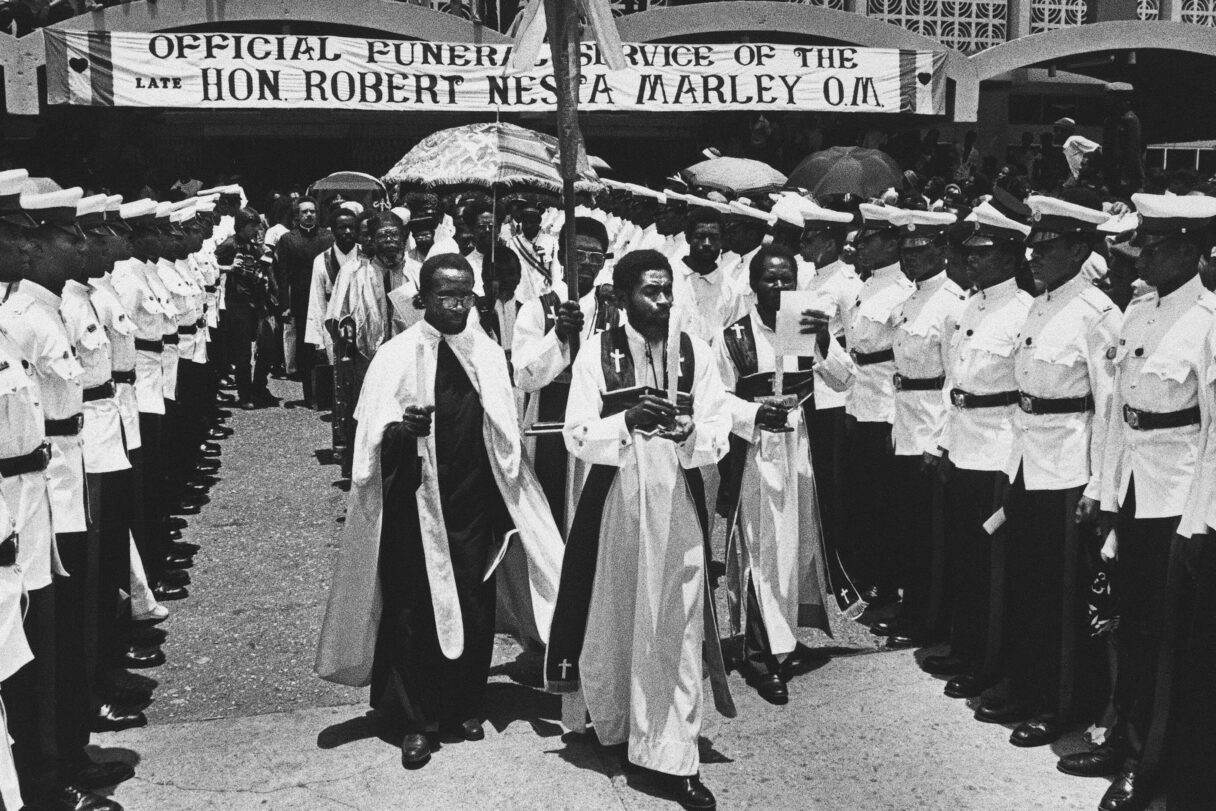
Whether Issels contributed anything at all to lessening the pain of Marley’s already terminal cancer is disputed. But, despite the suspicions of the medical community, under Issels’ care Marley lived almost six months longer than his New York doctors believed was possible.
“His voice was an omnipresent cry in our electronic world,” said Jamaican President Edward Seaga at Marley’s funeral, conducted by Abunda Yesehaq, Archbishop of the Ethiopian Orthodox Church in the Western Hemisphere, which saw a 6,000-strong audience squeeze into the country’s National Arena. “His sharp features, majestic locks and prancing style a vivid etching on the landscape of our minds.”
The owner of Mighty Cloud Records, Devon Douglas, put it more succinctly. When asked by a reporter on the same day about Marley’s premature demise, Douglas said simply: “There is no other person take his place.”
'One Love' was released in UK cinemas on 14 February 2024. Visit onelovemovie.com
Read more: Priscilla, Elvis and the close encounter with a mafia hitman






